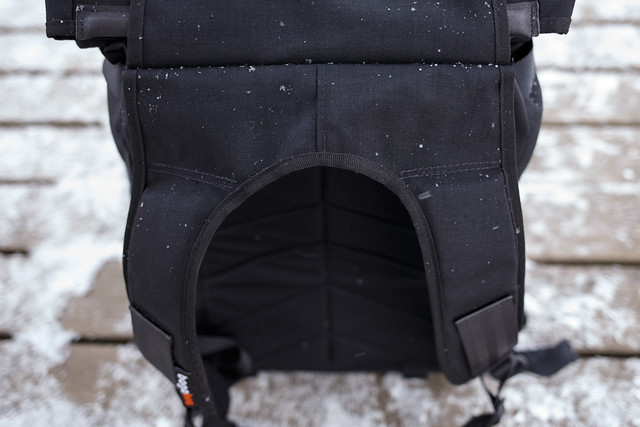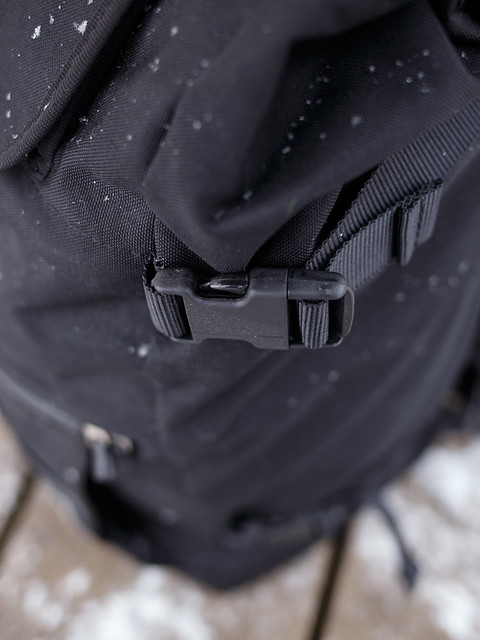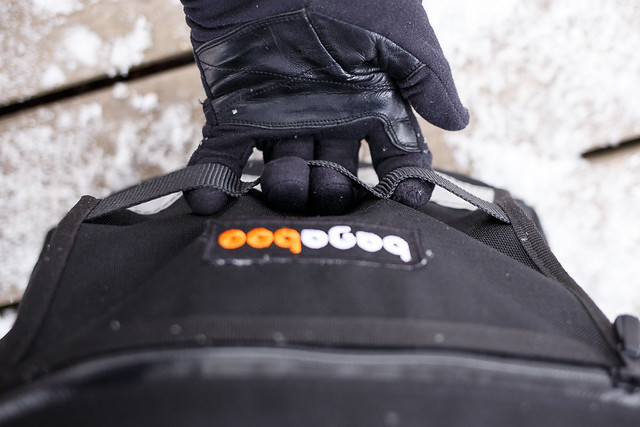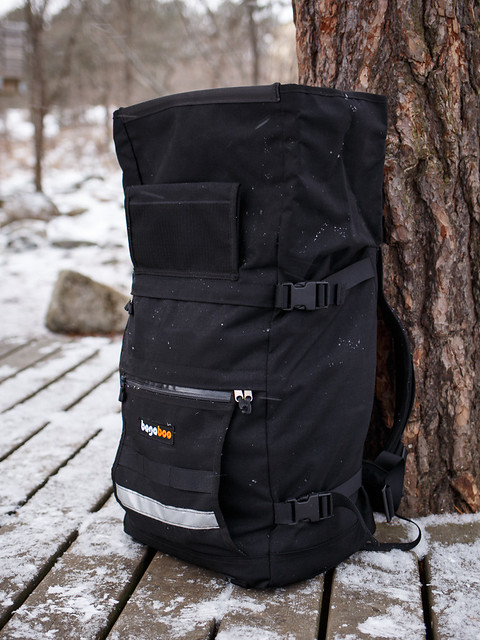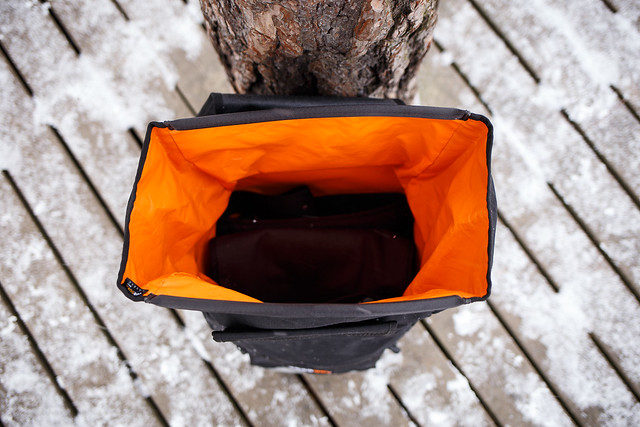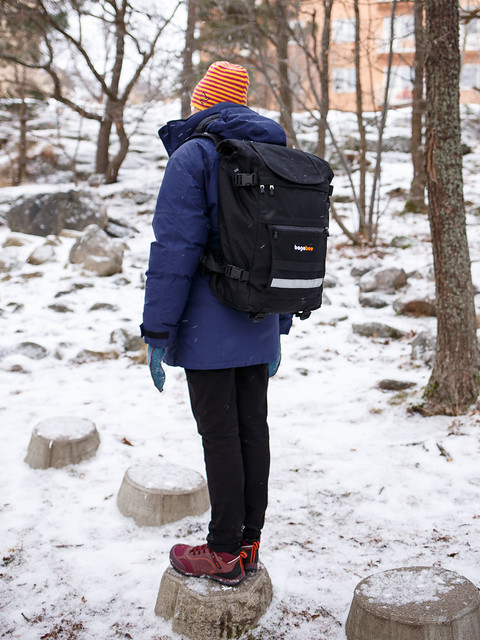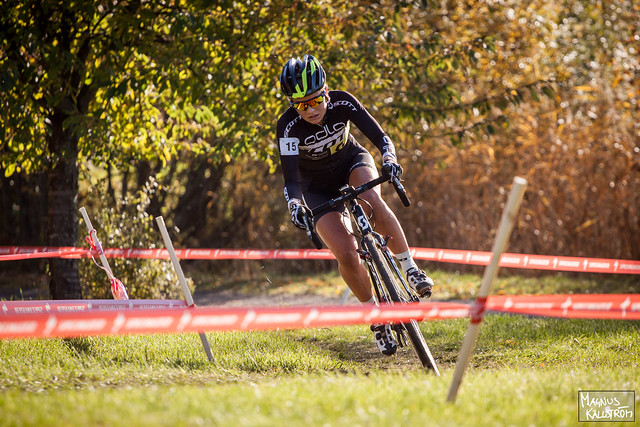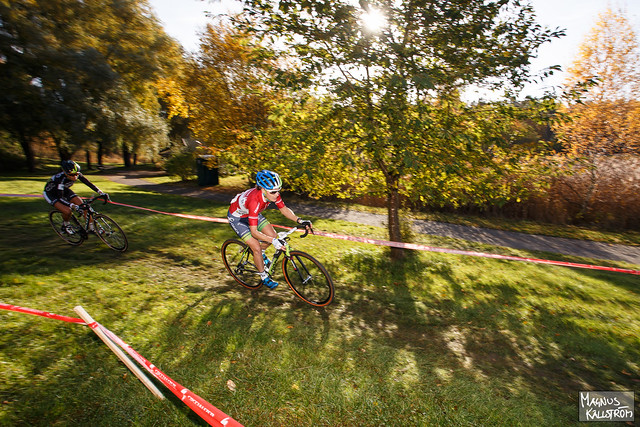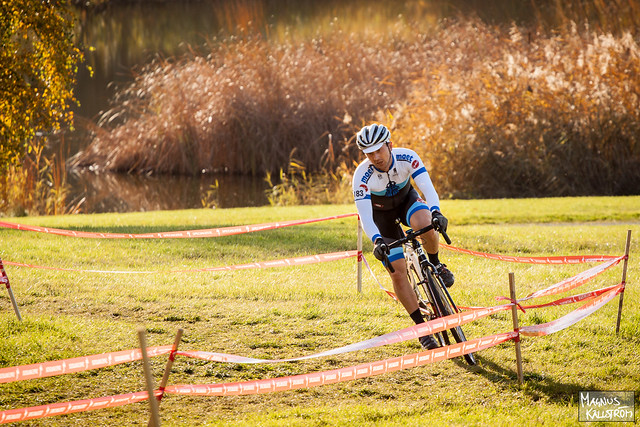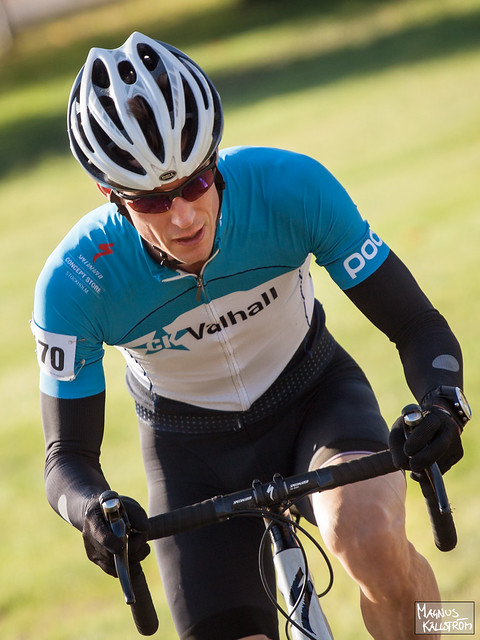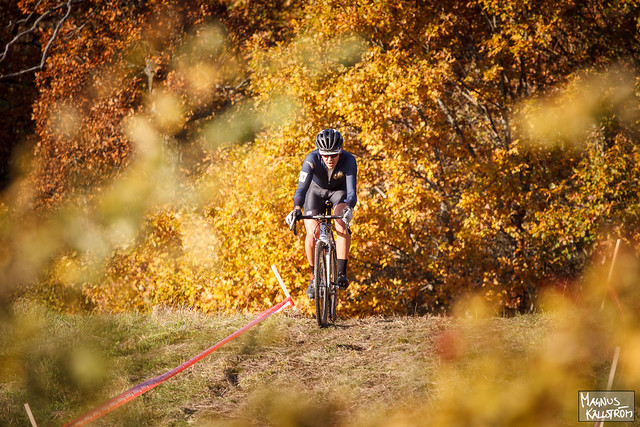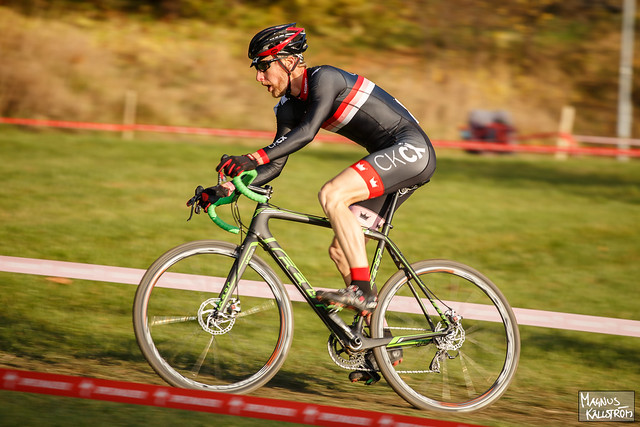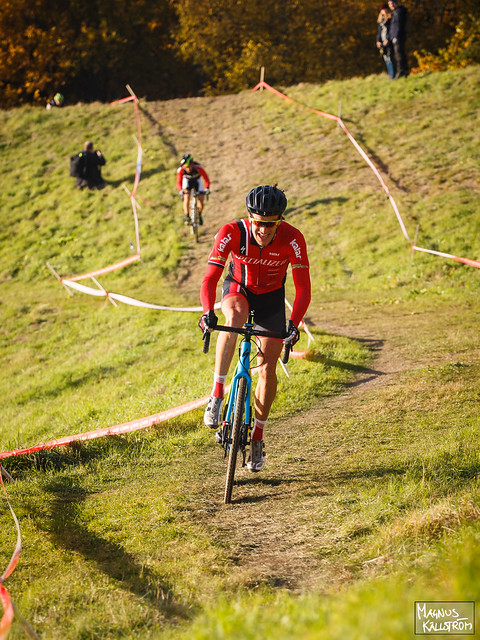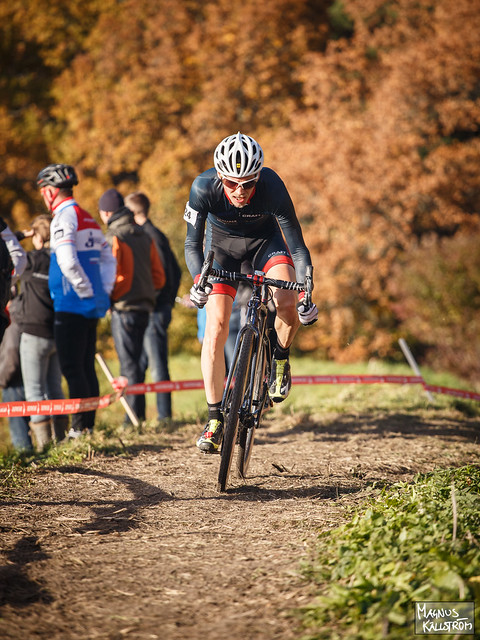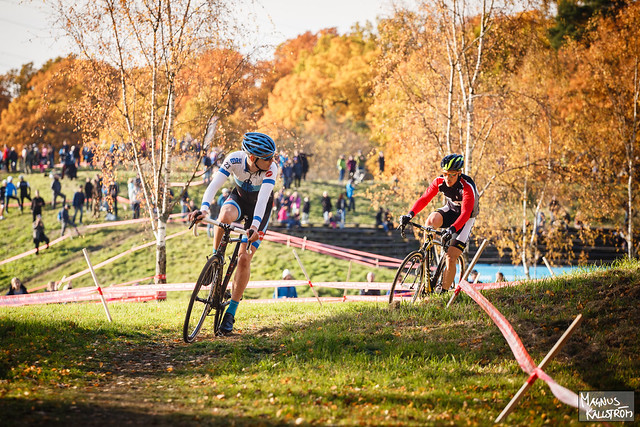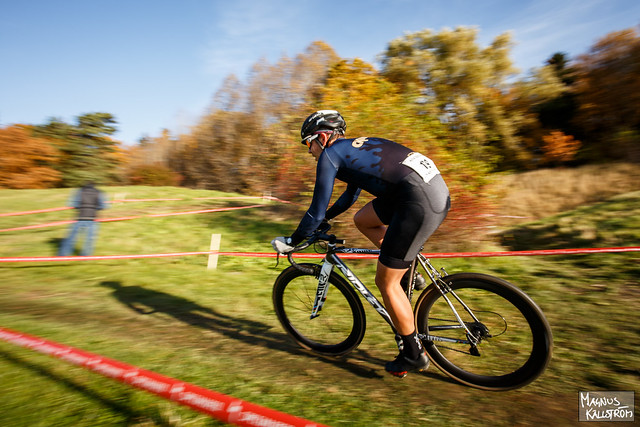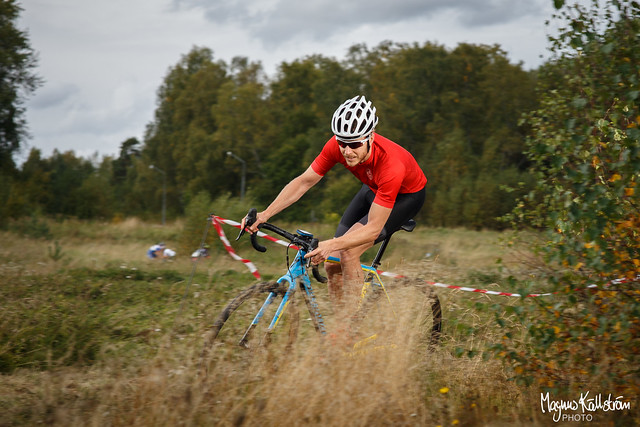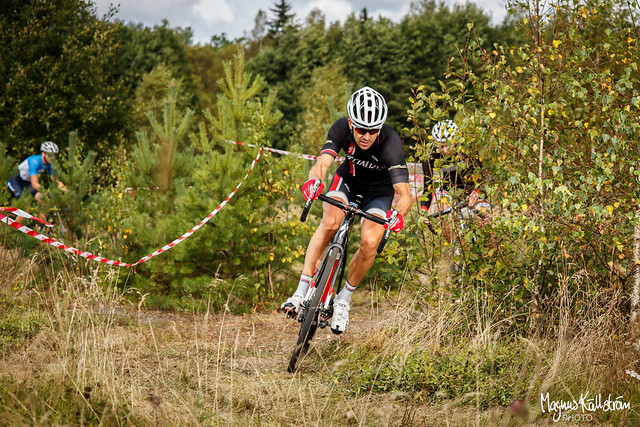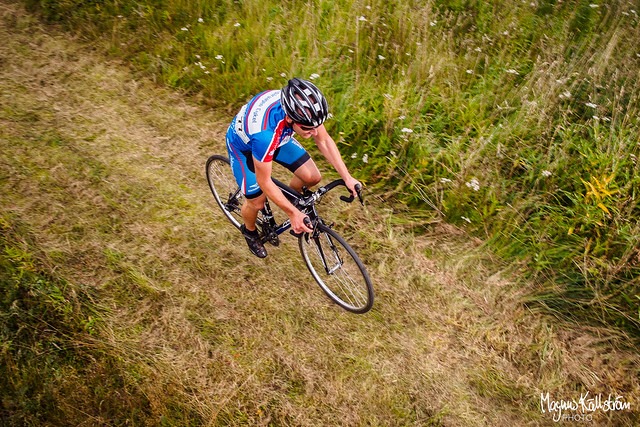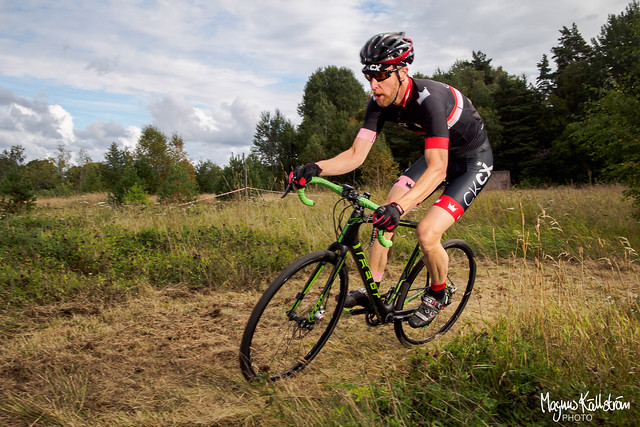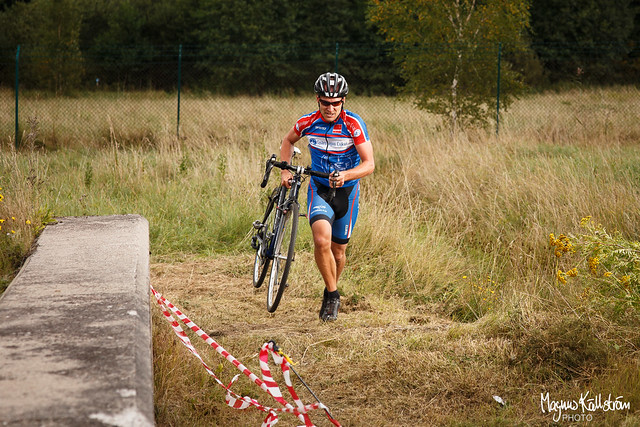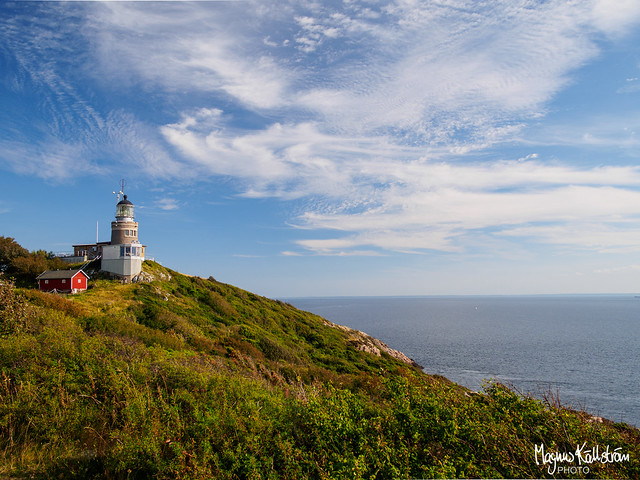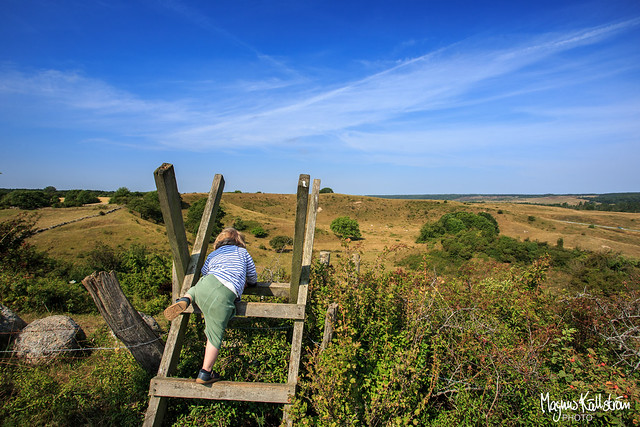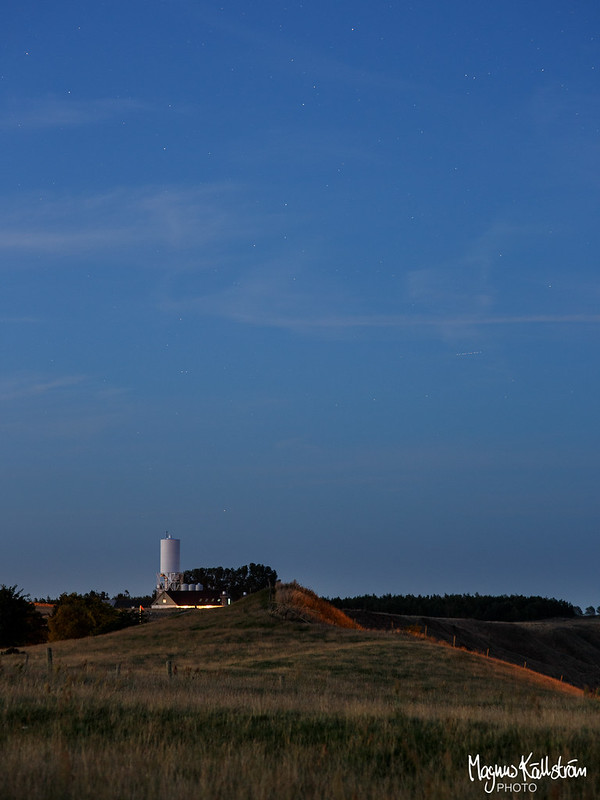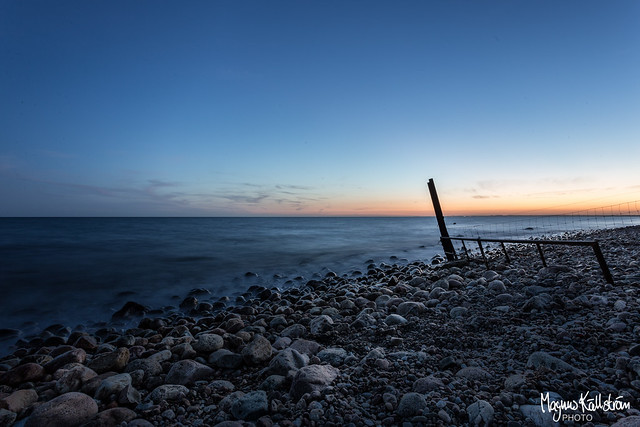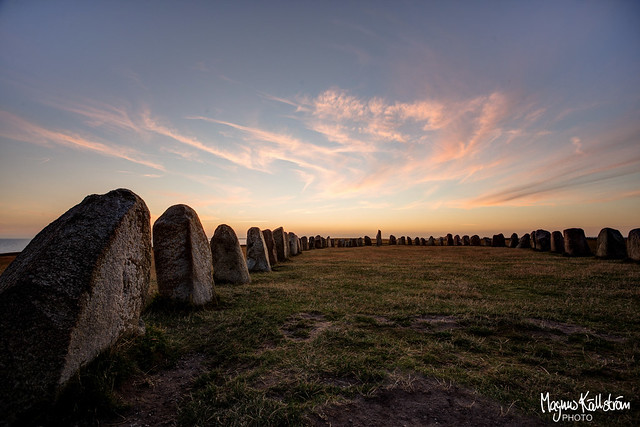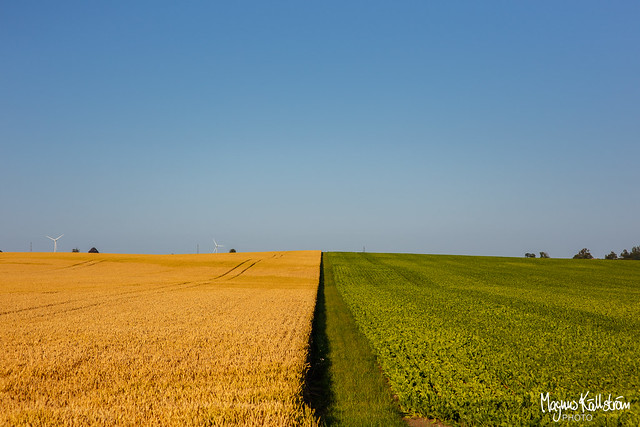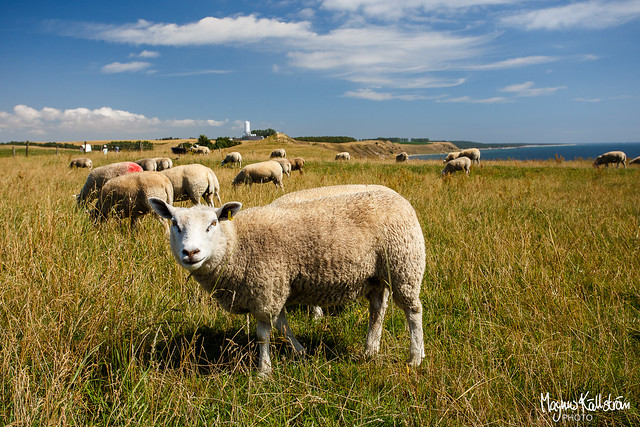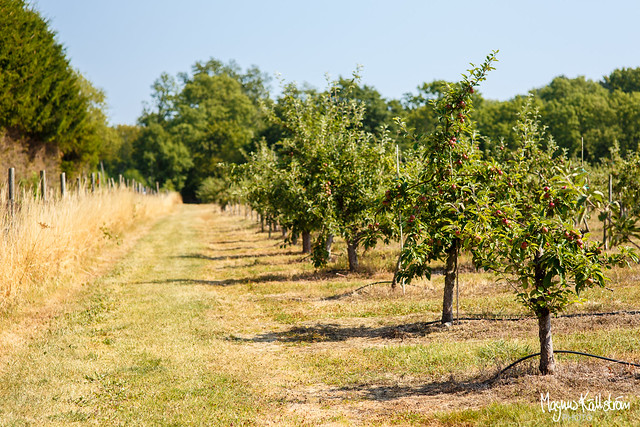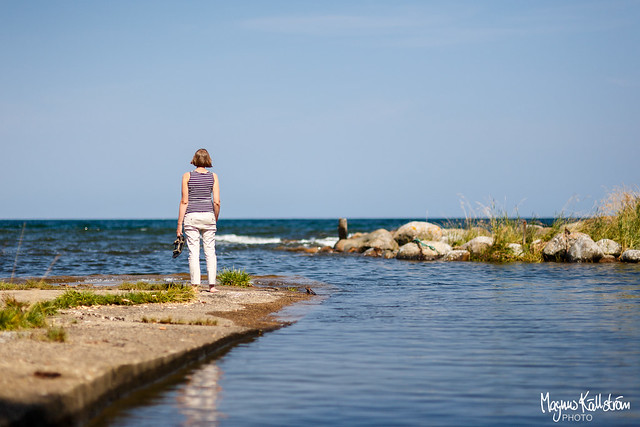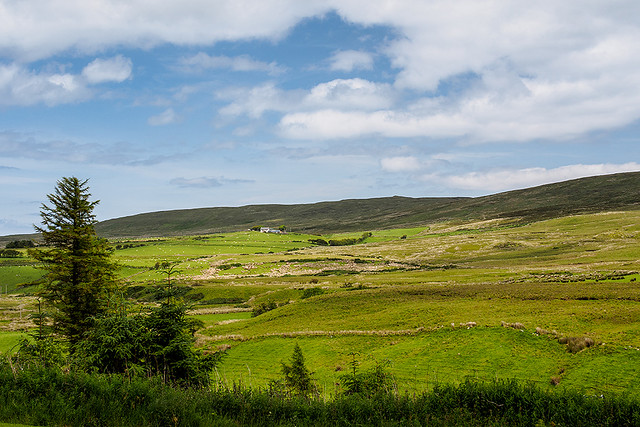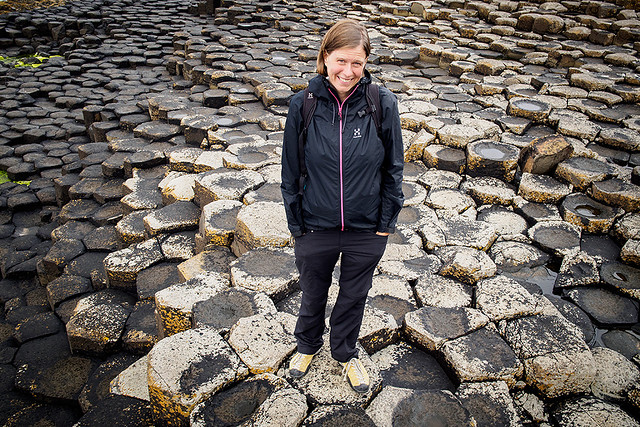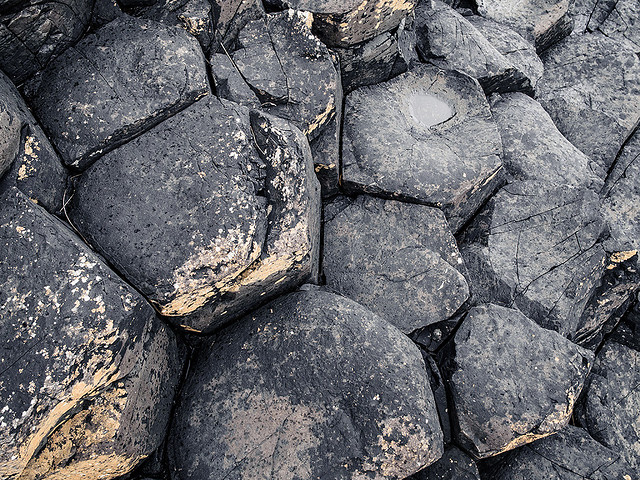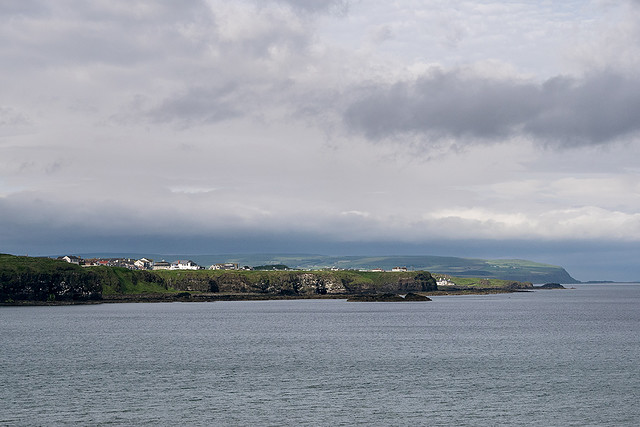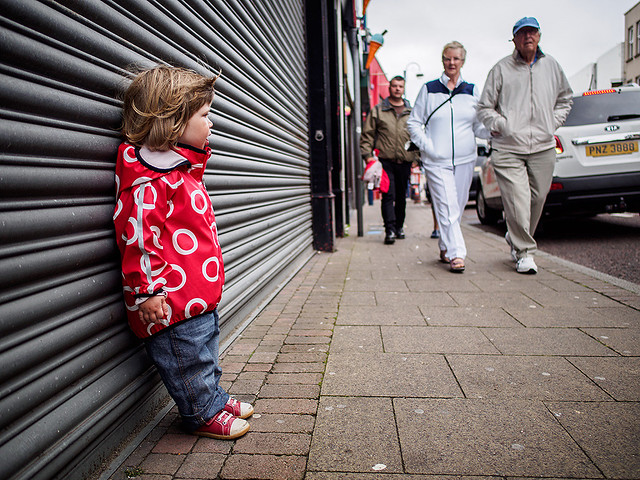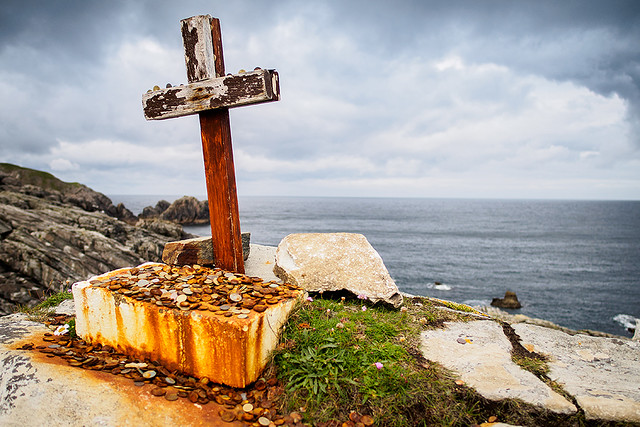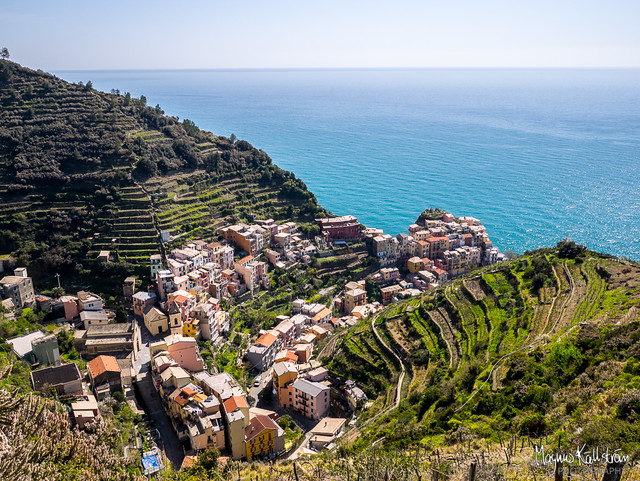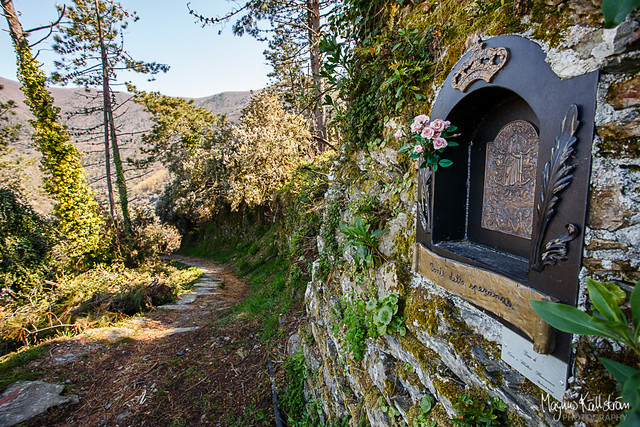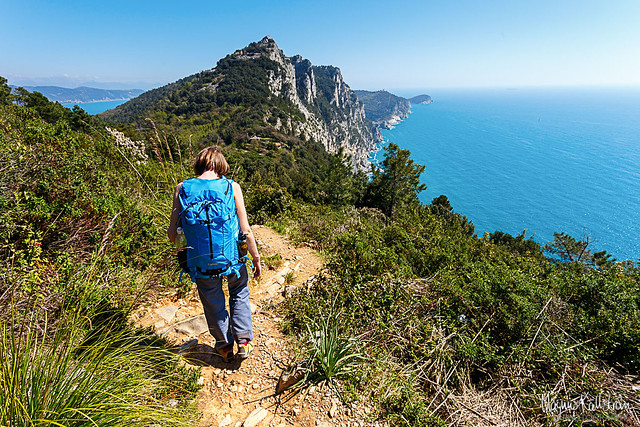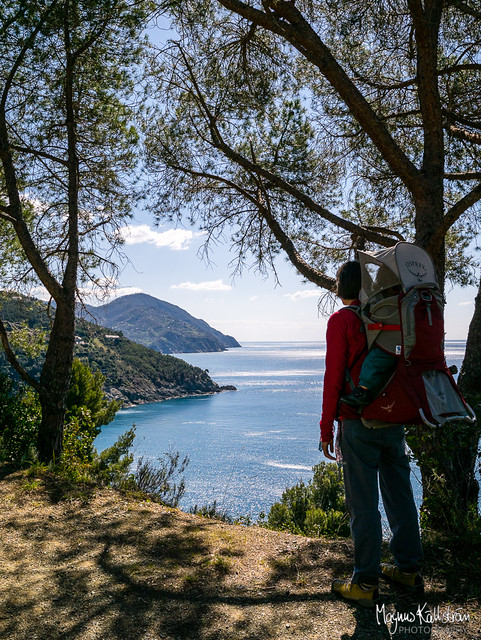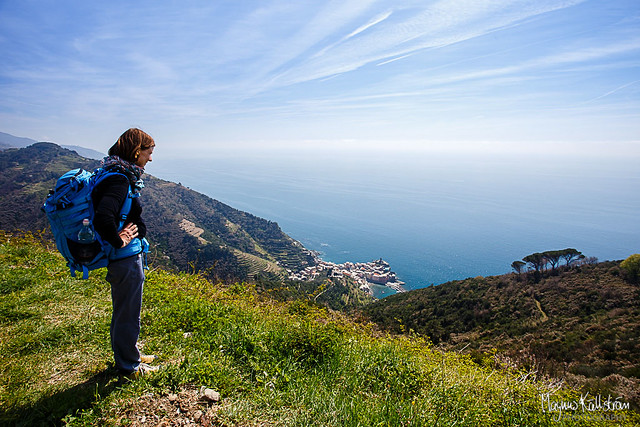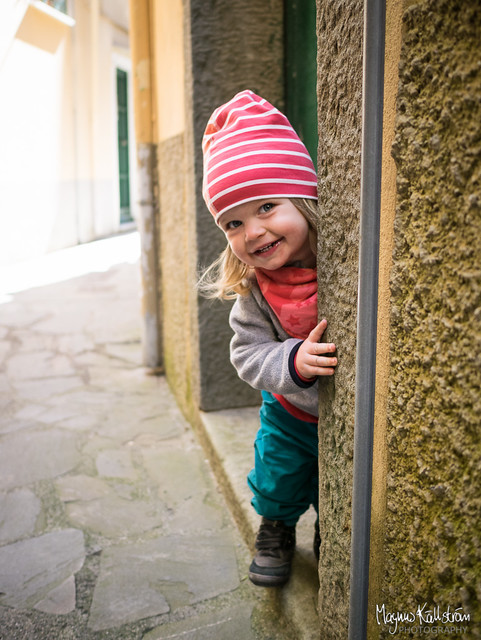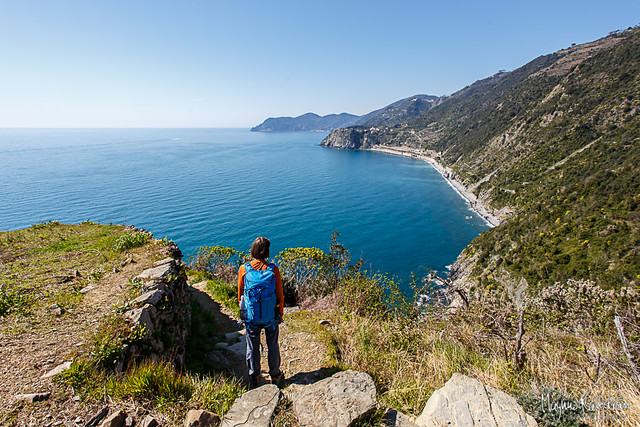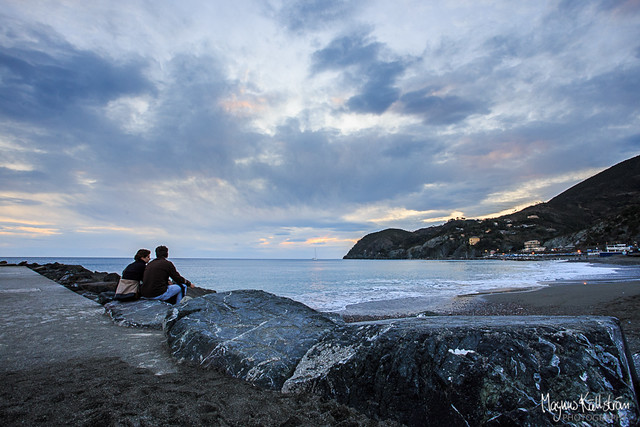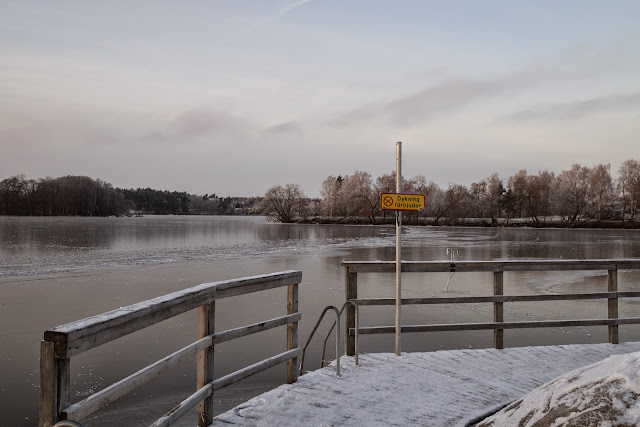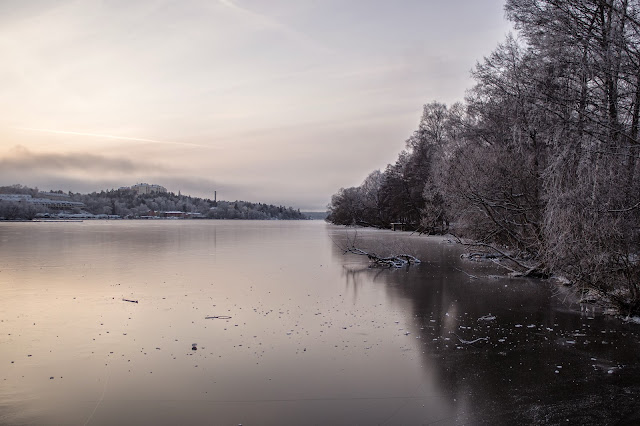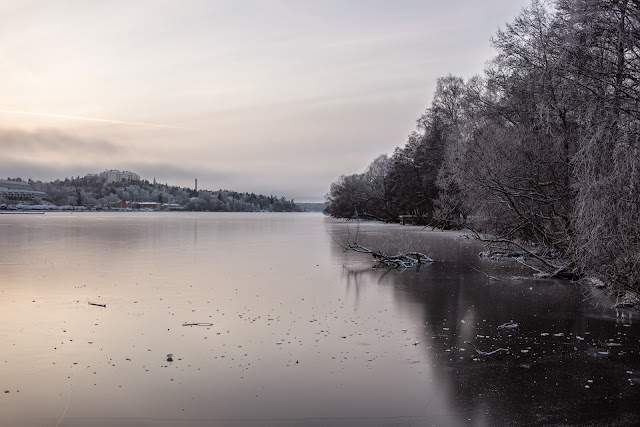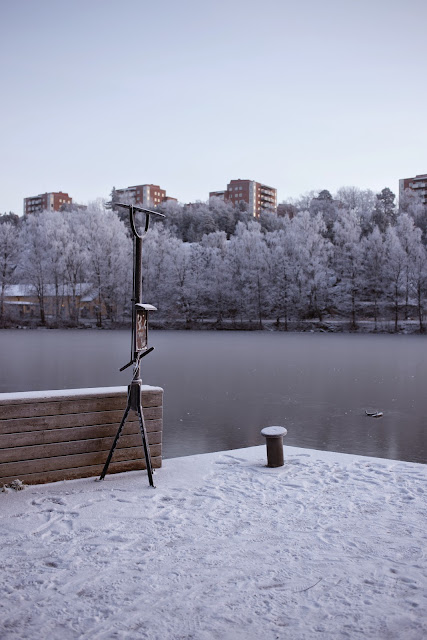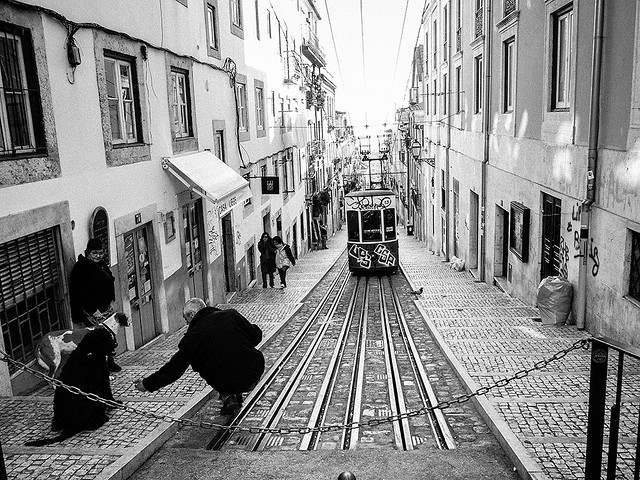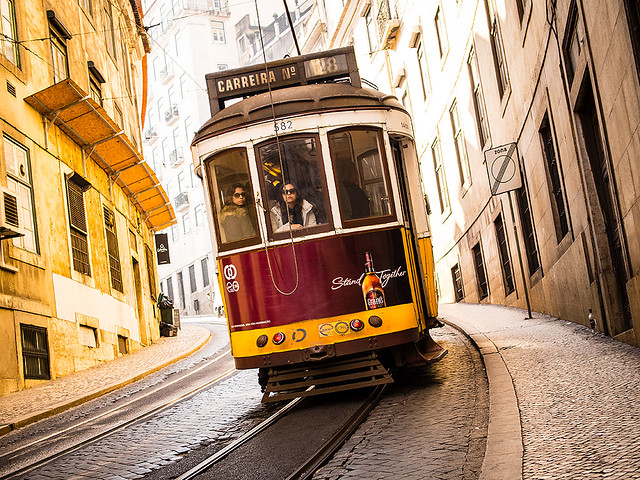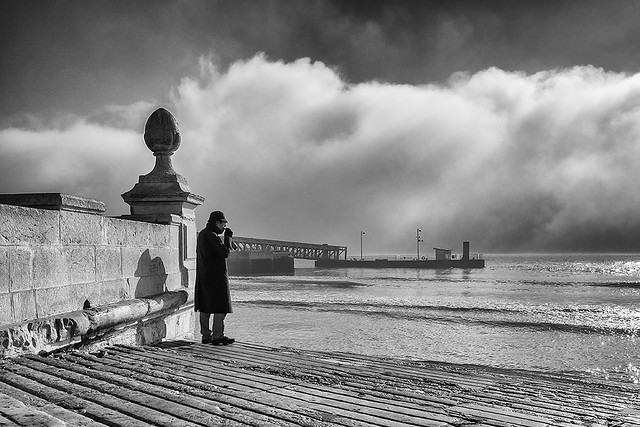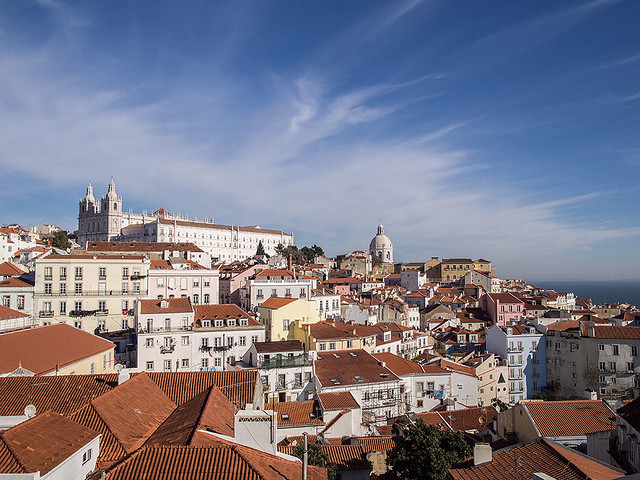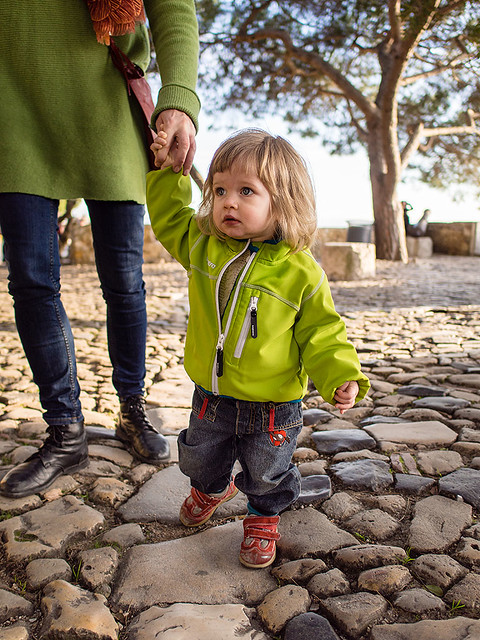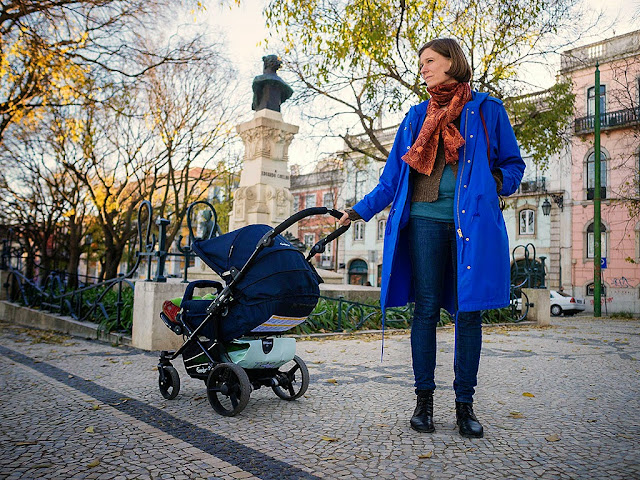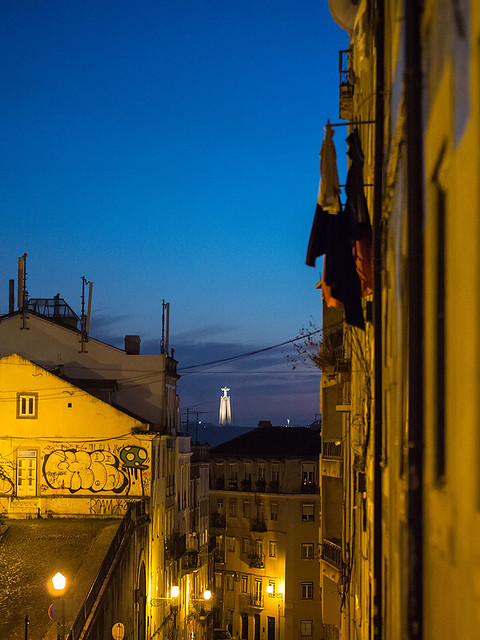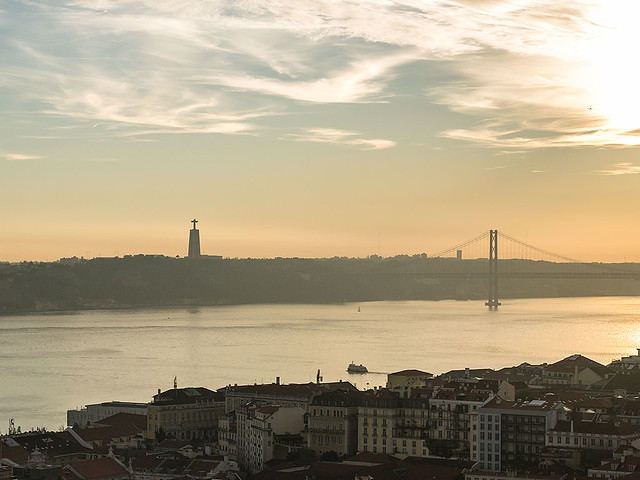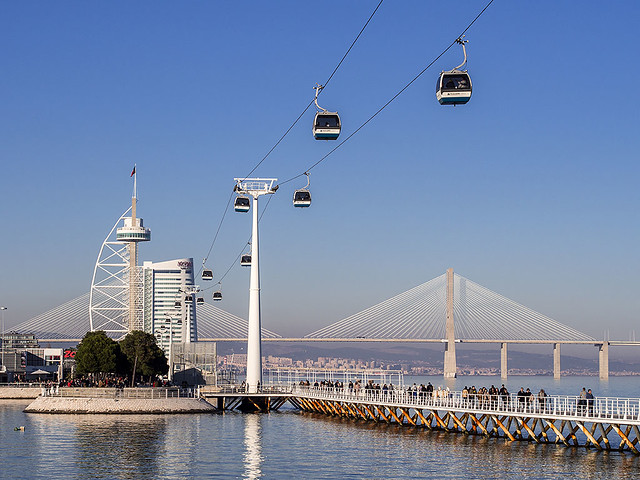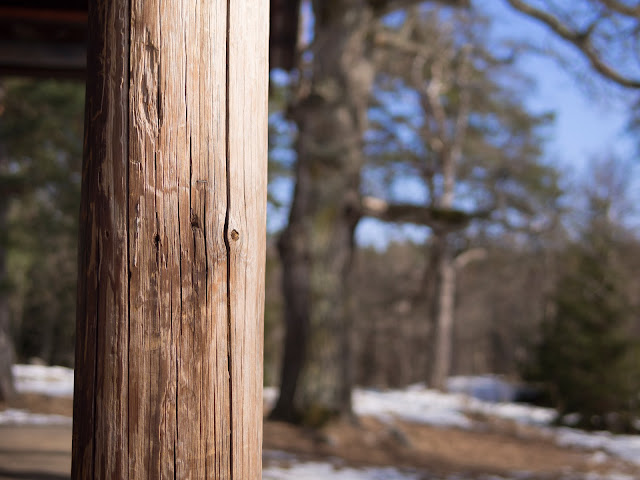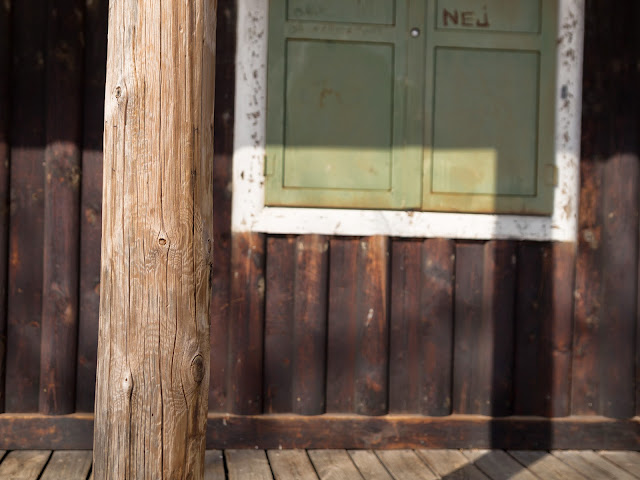Bagaboo Jumbo – one of my best purchases 2015
And that’s in competition with a CX bike purchase.
I started to commute by bike to work again at the end of summer. We have moved since the last time I did this and I have about 19 km one way now. When I spend roughly 9 hours a week commuting by bike it’s a bit easier to motivate purchases purely for that activity and I felt I wanted a backpack which could fit my work laptop and winter clothing without having to lay a puzzle every morning.
I looked at different bags and had almost settled for a Chrome Industries Barrage but when checking it out in a store it wasn’t that much larger than my current backpack. I also felt I would miss pockets for smaller items, the Barrage has none as far as I understand (except for a laptop sleeve and an enormous compartment between the outer and inner layer which can be access from the top of the bag). The same store had a Bagaboo Jumbo, which on first sight looked huge and not as stylish as the Barrage but after a bit of thinking I decided it was closer to what I was looking for and bought it instead. It was also more comfortable on my back than the Barrage.
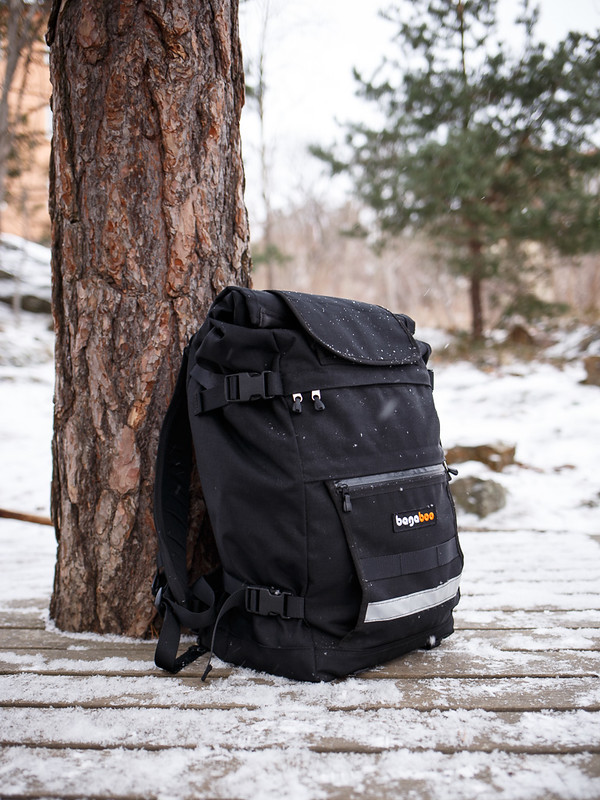
Bagaboo Jumbo about half full (with my Thinkpad Restrospective 10 inside).
At first I didn’t care for the looks but I’m getting used to it and I now think it’s quite nice. The Barrage is more of what I would be comfortable with wearing for a walk in the city (in terms of looks) but the Bagaboo Jumbo has a rough functional look which I’m starting to think is quite nice.
The bag is closed by a rolltop and has three external pockets on the back with an additional pocket open on both sides (behind the lower pocket). The pockets are thin but can hold small items like wallet, keys and gloves. The top pocket is quite tall but overlaps the other pockets and competes with what’s inside the bag for space.
The bag has a very comfortable shoulder straps but there is a lot of fabric around the neck so it gets a bit warm. Not a problem now in winter but I expect to get sweaty in the summer.
The bag is huge but it compresses well when not fully filled and I’m not bothered by the size. The main point of buying new bag was to get more room.
It has a clean outside but there are three loops on the back which can be used to attach additional lights, can probably be used for other things also but since I prefer to not attach stuff on the outside of bags I haven’t used them at all yet.
When the bag opens up it gets very tall. I have used it to carry large cardboard boxes which go all the way to the top but then it’s not possible to close the flap, even if it expands to be able to close the bag when filled up. I haven’t tried how tall items I can carry and still being able to close the flap but I guess you need to be able to close the rolltop at least a little for it to work.
To summarize I’m really happy with the bag, much more than I thought I would be when I bought it. It may be stupid but I feel using it makes my commute more fun 🙂
You can read more about the bag on the Bagaboo homepage. If you live in Stockholm you can check it out at Urban Bike Wear where I bought mine.
CX SM 2015
Another short post in Swedish.
Idag åkte jag ut till Stora Skuggan för att titta på cyklister som körde runt, runt på gräset där. Nedan är en del av bildskörden, har många fler bilder och ska försöka få upp resten någonstans också. Om du letar efter bild på dig själv och är otålig, så kan du kommentera med startnummer nedan så kan jag se om jag har fångat dig.
Uppdatering: Jag har laddat upp bilder från Hjun/H30, Damsenior/Damveteran, H40/H50 och Herrsenior. Bilderna får användas för personligt bruk på Facebook, Instagram och liknande så länge jag (Magnus Källström eller @rallydatorn) anges som fotograf. Länk till album med en massa bilder på Flickr.
Bilder från Kringelcrossen 2015
Short post in Swedish.
Var ut till Södertälje idag och tittade på när kompisar tröttade ut sig i en CX-tävling. Passade på att ta några bilder, jag har laddat upp ett gäng i den här foldern på Picasa.
Om du hittar dig själv på någon bild så är det ok att använda den för privat bruk på Facebook, blogg, instagram och liknande så länge jag (Magnus Källström) anges som fotograf med en länk till den här sidan (https://mkallstrom.wordpress.com/).
Vacation in Skåne, Sweden
Just back from a vacation trip in the south of Sweden, Skåne. We stayed in Ystad and made day trips around Österlen. It’s been a crappy summer here in Sweden but it seems to have arrived finally (too bad it’s almost over).
Short roadtrip on the island of Ireland
Last week we visited family in Dublin and went on a short roadtrip to to the north. Since we were travelling with our little two year old girl we had plenty of opportunities to stop and enjoy the scenery 🙂
The plan was to visit Giant’s Causeway in Northern Ireland and on the way there we also stopped at Carrick-a-Rede to look at a famous rope bridge. I wasn’t so impressed with the actual bridge but the view from the walk there was nice. Our little girl decided to throw up in the car just after leaving the main rode towards the rope bridge and that maybe dampened my enthusiasm a little also.
Giant’s Causeway is an impressive place and I had thought a little bit about how to best photograph it. We started with a path high up on the cliffs which gave us a nice view of the area from above.

View from trail marked as advanced cliff trail. In reality it wasn’t very advanced but gave nice views of the area from above.
When we got down to the seaside it started raining and since it was starting to get pretty late we didn’t hang around too long.
Given the number of people who must visit this place there is of course plenty of shots of it already but I still think it would be an interesting place to spend some time at purely for taking photos, especially evenings or early mornings. That didn’t happen on this trip. We then drove to Portrush where we had booked rooms for the night.
After a good night sleep and a short walk around town we continued towards Malin Head which is the most northern part of the island. We stayed at a B&B for one night and spent some time the next day walking along the cliffs and admiring the view.
After that we felt it was time to head back to the city and started driving towards Dublin again. To make the trip a little more interesting we used the smaller coastal roads and stopped at every now and then so it ended up taking the better part of the day before we were back in Dublin again. All in all a very nice weekend trip!
Hiking in Cinque Terre
Just back from a trip to Cinque Terre in Liguria, Italy. We went there to hike and eat good food and had a great week! The Cinque Terre is a portion of coast on the Italian Riviera and comprises five small villages: Monterosso al Mare, Vernazza, Corniglia, Manarola, and Riomaggiore. The villages are on the coast line and between them is a dramatic landscape with numerous well marked trails, perfect for day trips by foot. There is also a train line connecting the villages so it’s easy to explore the whole area and still stay in one place.
We flew to Milan (Linate airport) and took a direct train from Milan central station to Levanto where we stayed for the week. There are plenty of guide books about Cinque Terre so I won’t go into details about the trails we hiked. We bought a guide book with map from 2012 by Petra Holecek and Ulli Vogel locally and even if it was a few years old it served our purposes. Below are a few comments on hiking in the area:
- The trails are well marked but there are a lot of them so a map is very useful
- Early April is beginning of the main season but the villages were still quite busy, I can imagine that the middle of the summer is very crowded
- Even if the villages were crowded we met very few people when hiking the higher trails. These trails also offer spectacular views of the coastline so I can really recommend them.
- Since the villages are on the coastline hiking the higher trails means you will have to ascend a couple of hundred meters to reach them. It was quite a workout now but I guess it can be much worse in the summer heat.
- Some of the trails run close to edges falling steeply into the ocean. I would use caution and maybe avoid some of the trails if wet.
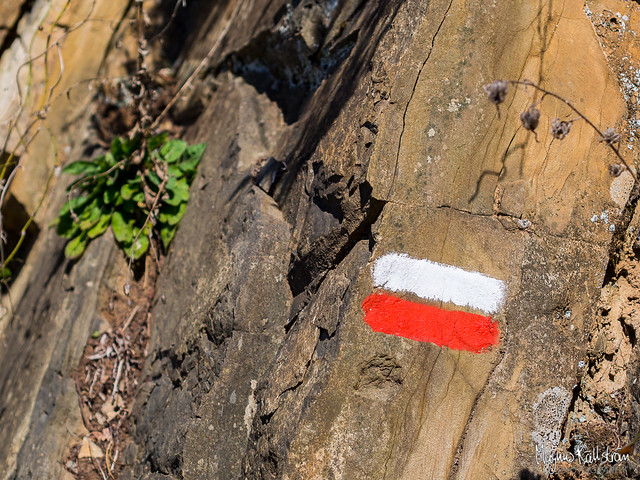
Trail marking which makes it easy to find your way. Just watch out for where they go at intersections and in the villages.
We stayed in Levanto just outside actual Cinque Terre and travelled around as follows (if there seems to be an interrest I will add some posts about them later on):
- Day 1: Levanto to Monterosso
- Day 2: Monterosso to Corniglia
- Day 3: Levanto to Bonassola (with surroundings) and back
- Day 4: Riomaggiore to Manarola
- Day 5: Riomaggiore to Portovenere
- Day 6: Vernazza to Monterosso
All of them were very nice but the best one would have to be Riomaggiore to Portovenere which had some spectacular views of the coastline. Vernazza to Monterosso was also very nice and a much easier hike.
Since the whole area is quite small and connected by train it leaves time to explore the villages even when hiking for a couple of hours between them.
All in all it was a great week and I can really recommend to go there!
m43-FF Comparison part III (Olympus E-M5 vs. EOS 6D)
As part of testing out my new Panasonic Leica DG Summilux 15 mm f/1.7 I did another m43/FF comparison (Olympus OM-D E-M5 and Canon EOS 6D). My main purpose was to make sure the Panasonic lens didn’t have any defects but also to do a comparison towards a prime lens on the full frame (35 mm) Canon, the EF 35 mm f/2. This lens has its problems but stopped down a little it’s quite sharp in the center (see photozone.de for test results) and I thought it would be fun to see how the m43 system performed compared to it.
I have tried to make the comparison as fair as possible but the following should be noted:
- I don’t claim to have done a very scientific test, my main purpose was to see what kind of results I can achieve from the two systems during normal shooting conditions and with my normal post processing flow
- I have shot in RAW and have used the same input sharpening settings (which give a result I’m happy with on both cameras) and adjusted white balance and exposure to get as similar looking images as possible. For some of the shots I have also adjusted highlights and shadows but I have done the same adjustments on the pictures from the two cameras
- The 15 mm focal length on the m43 system equals a 30 mm on the Canon 6D, so while they don’t give the exact same framing they come pretty close after cropping the m43 shots to 3:2 aspect ratio
- I have used aperture priority mode and let the camera meter and decide on shutter speed and ISO
- I have set the aperture two stops smaller on the Canon to get the same DOF. For f/1.7 on the Panasonic lens I have used f/3.2 on the Canon which is almost two stops
And here are the photos! Click on the pictures to get to the full full resolution versions (JPG) if you want to compare details but I have also included a side-by-side comparison of 100% crops.
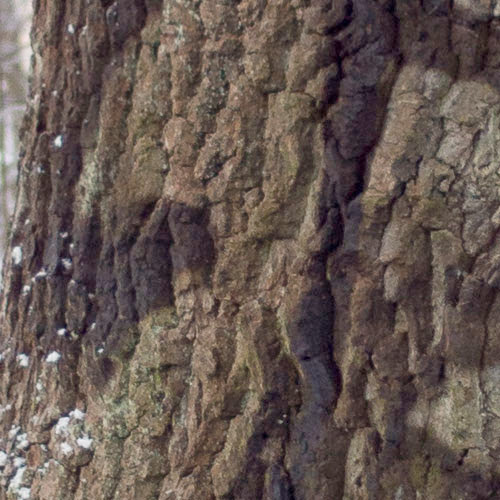
Olympus OM-D E-M5 with Panasonic Leica 15 mm f/1.7, 100% crop
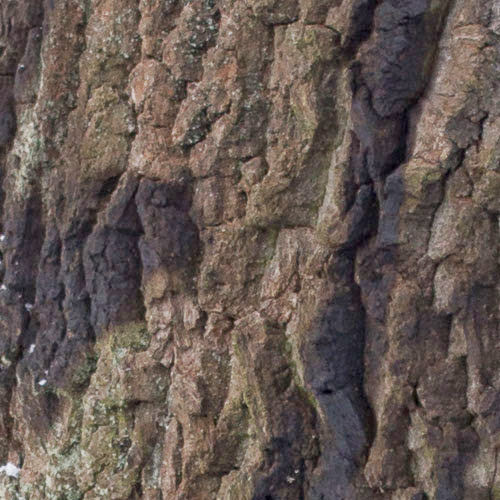
Canon EOS 6D with EF 35 mm f/2, 100% crop.
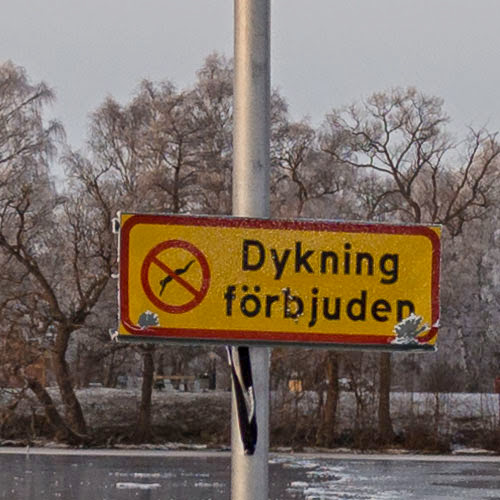
Olympus OM-D E-M5 with Panasonic Leica 15 mm f/1.7, 100% crop
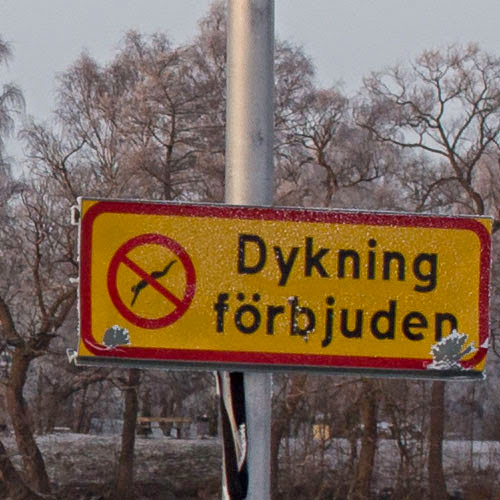
Canon EOS 6D with EF 35 mm f/2, 100% crop.
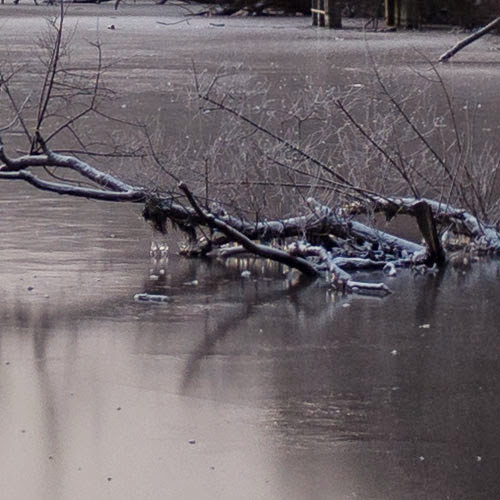
Olympus OM-D E-M5 with Panasonic Leica 15 mm f/1.7, 100% crop
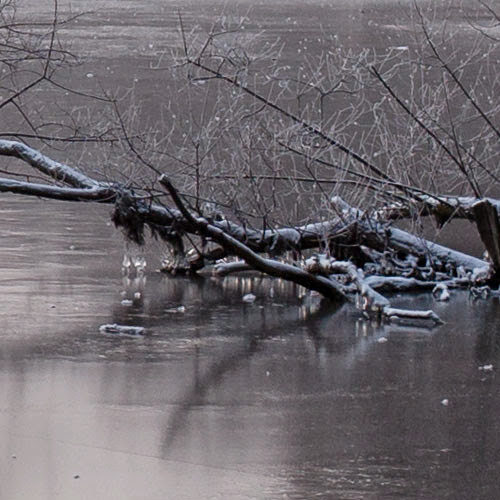
Canon EOS 6D with EF 35 mm f/2, 100% crop.

Olympus OM-D E-M5 with Panasonic Leica 15 mm f/1.7, 100% crop
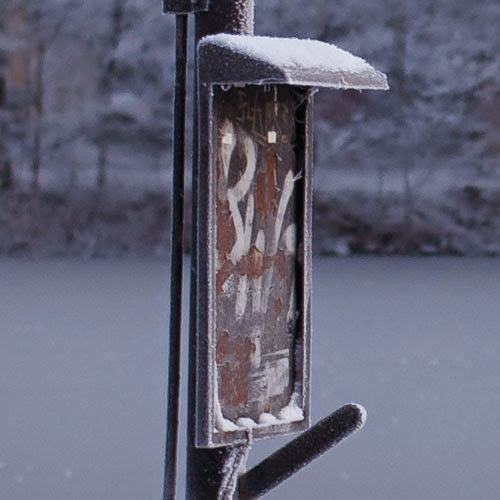
Canon EOS 6D with EF 35 mm f/2, 100% crop.
Some observations:
- The Canon shots show (IMHO slightly) more details, but the difference is mostly visible at maximum aperture on the Panasonic where it’s a little bit soft. Once stopped down the difference is not as obvious.
- The comparison of f/1.7 on the Panasonic lens and f/3.2 on the Canon lens shows more background blur for the Canon since it’s not two full stops smaller. The Canon focal length of 35 mm is also a little bit longer than the full frame equivalent for the Panasonic (which is 30 mm).
- The default images from the Olympus and the Canon look quite different in terms of color. I had to set the white balance of the Olympus colder and greener to make them look roughly the same.
- These tests (and some additional ones) showed that my copy of the Panasonic was slightly decentered. I replaced it for a better one but the problem was mostly seen on the edge and corners of the frame and close to maximum aperture of the lens so I think it had very little impact on the result of this test.
I think I’m done with these kind of tests now. For me the difference in details is purely academic and I’m perfectly comfortable to use the m43 system instead of the Canon for all my amateur purposes. The full frame Canon of course has a clear advantage in high ISO performance and for sports I trust the auto focus more. If I want really thin DOF (as I see it not useful for more than full body portraits) the m43 system don’t have a lens to match my Sigma 85 f/1.4 on the Canon 6D. On the other hand, for travel where size and weight is an important aspect the m43 system has a clear advantage and my set of prime lenses for it (Panasonic Leica 15 mm f/1.7, Panasonic Leica 25 mm f/1.4 and Olympus 45 mm f/1.8) give me good enough possibilities to get some background blur and subject separation when needed.
A Visit to Lisbon – Travel Photography with Micro Four Thirds
Last week we went to Lisbon, Portugal, for a couple of days. I decided to only bring my Micro Four Thirds (MFT, m43) gear and this is a short summary of how that worked out (I have done a similar write-up before after a trip to New York).
My camera bag consisted of Panasonic Leica 15 mm f/1.7 (bought it just before this trip), Panasonic Leica 25 mm f/1.4, Olympus 45 mm f/1.8 and an old Nikkor 105 mm f/2.5. I brought both my Olympus OM-D E-M5 and Panasonic GF3 bodies in order to not having to swap lenses all the time.
I ended up using the Panasonic Leica 15 mm f/1.7 the most and didn’t use the Nikkor 105 mm at all. One of the reasons the 15 mm was my most used lens was because it was brand new and I wanted to try it out but I also find the focal length great as a general walk-around lens in the city. I could probably have used the 105 mm a couple of times but I didn’t want to lug it around so I ended up leaving it in the hotel room.
Lisbon has a lot of narrow winding streets where the 15 mm works great (the equivalent of a 30 mm on 35 mm full frame body). The lens is quite wide but not wide enough to get that extreme wide angle perspective. I use it as a wide normal lens and try to take some care when framing so I don’t just end up with a lot of uninteresting stuff in the shot.
I was planning to use the 15 mm for some shots of the trams but I found that I liked the perspective of the 25 mm better.
Like I said above the 15 mm is not an extreme wide angle and when I didn’t get that extreme wide angle distortion which can make for fun photos sometimes I think the shots from the 25 mm turned out better.
The corners of the 15 mm is a bit soft wide open but stopped down to f/5.6 it’s sharp across the frame and the large depth of focus from the MFT system makes it great for quick candids and landscapes.
I see myself using mainly two apertures on this lens; f/5.6 when sharpness across the frame is important (this also leaves a lot of the content in focus) and f/1.7 at short distances to get some background blur to achieve better subject isolation.
I mainly brought my 45 mm f/1.8 for landscape shots and I used it for a couple of those. I could have used a bit more reach sometimes but the Olympus 45 mm is a compact and versatile lens so I don’t want to swap it for a tele zoom.
All in all I’m very happy with my MFT lens collection. It would be fun to have a real extreme wide angle like the Panasonic 7-14 mm but I find these kind of lenses very difficult to use and I know it would not leave the camera bag very often. I already have a Canon 17-35 mm for my Canon system I use too seldom. I don’t feel too limited by only having primes, especially when being able to bring two camera bodies, and the larger maximum aperture opens up for other creative possibilities compared to the kit zooms. I thought about trying out one of the pro zooms (Panasonic 12-35 f/2.8 or Olympus 12-40 f/2.8) but they are large and heavy lenses (especially the Olympus) and kind of defeats what I’m trying to achieve with my MFT kit; better portability than my Canon system.
For my needs Micro Four Thirds is a really good system for travel photography. I have seen concerns about the image quality compared to full frame (35 mm) sensors but for me it’s good enough to leave my Canon 6D at home, especially on a trip where photography is not my main goal. The collection of small good primes is also something I really appreciate.
m43-FF Comparison part II (Olympus E-M5 vs. EOS 6D)
In a previous post I did a quick comparison of the image quality (level of details) between my Micro Four Thirds (m43) Olympus OM-D E-M5 and my “full frame” (FF) Canon EOS 6D. The 6D showed slightly more details but I figured at least parts of it could be because of the lenses I used (Panasonic 14mm f/2.5 on the Olympus and Tamron 28-75 f/2.8 on the Canon) so I wanted to do the test again with my Panasonic Leica DG 25/1,4 ASPH Summilux on the m43 system which I know is a sharp lens, at least in the center. The last couple of weeks I have read some debate about the difference between FF and m43 and I started to think about this again and remembered I actually already did something similar with the 25mm f/1.4. At the time I wanted to confirm the difference in DOF but I think the shots also gives an idea of difference in details.
So here are the shots. I have shot in RAW, used base ISO on both systems and set 2 steps smaller aperture on the 6D with Tamron 28-75 f/2.8 in order to get the same DOF. I have let the camera set the shutter speed based on it own metering and then done some small exposure adjustments in post to get the same exposure. I have also done input sharpening in Lightroom with the following parameters:
Amount: 45
Radius: 0.8
Detail: 15
Masking: 65
I have included links to the full resolution files in JPG but also added a 100% crop in order to see the difference quickly.
First shot
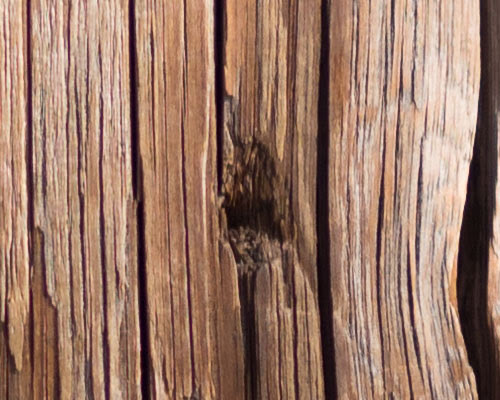
Olympus OM-D E-M5 with Panasonic Leica 25mm f/1.4 @ f/2, 100% crop.
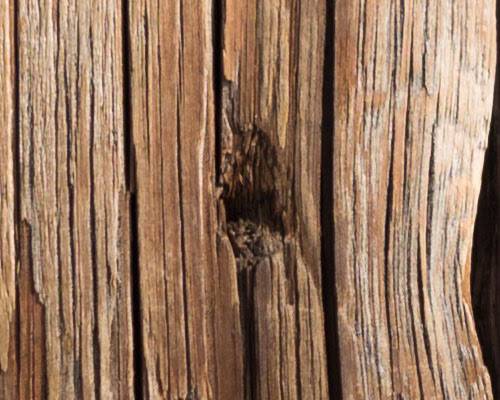
Canon EOS 6D with Tamron 28-75 f/2.8 @ f/4, 100% crop.
Second shot
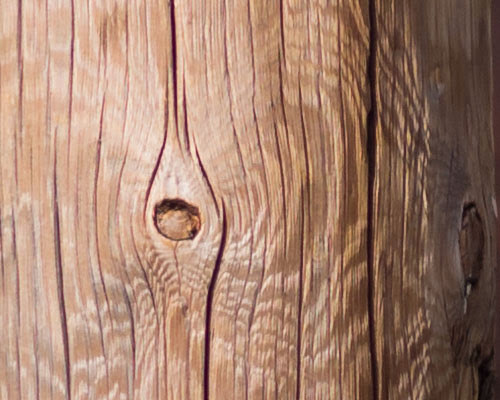
Olympus OM-D E-M5 with Panasonic Leica 25mm f/1.4 @ f/2, 100% crop.

Canon EOS 6D with Tamron 28-75 f/2.8 @ f/4, 100% crop.
My conclusion from these shots is the same as the last time. The colors differ (I prefer the Canon colors) but I guess at least parts of that could be fixed in post processing. Just looking at the level of details I still feel m43 is capable of very impressing results.
Göteborgscrossen 2014
Några (ganska många) bilder från Superklassen i Göteborgscrossen (CX-cupen) på Slottsskogsvallen i Göteborg idag. Har lagt upp de flesta bilderna här i en folder på Picasa.
Om du hittar någon på dig själv får du använda den icke-kommersiellt på bloggar, Facebook, Instagram och liknande om jag (Magnus Källström) anges som fotograf med en länk hit (https://mkallstrom.wordpress.com/).
Me
My photostream on Flickr
-
Recent Posts
Archives
- January 2016
- October 2015
- September 2015
- August 2015
- July 2015
- April 2015
- January 2015
- December 2014
- November 2014
- October 2014
- February 2014
- November 2013
- October 2013
- August 2013
- July 2013
- June 2013
- May 2013
- April 2013
- March 2013
- February 2013
- January 2013
- December 2012
- November 2012
- October 2012
- September 2012
- August 2012
- July 2012
- June 2012
- May 2012
- April 2012
Categories
Meta
My Shutterstock galley

My iStockphoto portfolio






